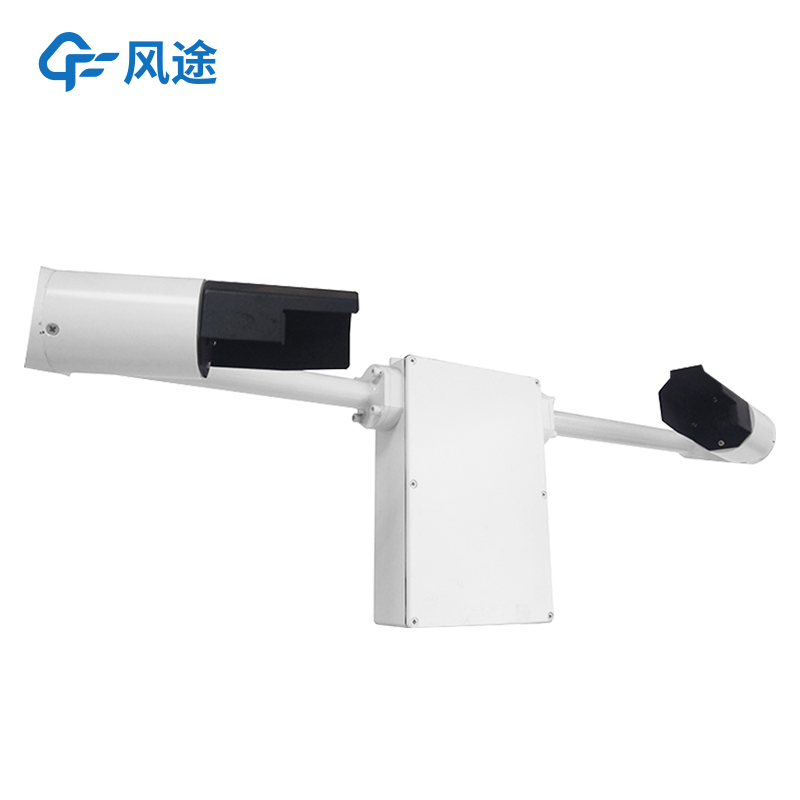Shandong Fengtu IOT Technology Co., Ltd
Sales Manager:Ms. Emily Wang
Cel,Whatsapp,Wechat:+86 15898932201
Email:info@fengtutec.com
Add:No. 155 Optoelectronic Industry Accelerator, Gaoxin District, Weifang, Shandong, China

Sales Manager:Ms. Emily Wang
Cel,Whatsapp,Wechat:+86 15898932201
Email:info@fengtutec.com
Add:No. 155 Optoelectronic Industry Accelerator, Gaoxin District, Weifang, Shandong, China
time:2025-07-04 09:26:28 source:Weather Station viewed:215 time
Rain, fog, and other harsh weather conditions are major "adversaries" threatening traffic safety. Low visibility in particular severely impairs drivers' vision, highly increasing the risk of traffic accidents and causing casualties and property losses. The emergence of Atmospheric Visibility Sensors has enhanced the safety of expressways during rainy and foggy days.
These sensors are typically installed at key locations along roadways, such as bridges, curves, long downhill sections, and other accident-prone areas. Set up at regular intervals, they form a tight monitoring network to continuously measure visibility in the surrounding areas. Once rain or fog arrives and visibility drops, the monitors quickly respond, transmitting real-time data to the traffic management department's control center in minute-level or even second-level speed.
When visibility falls below the safety threshold, the system immediately activates the early warning mechanism. On one hand, variable message boards along the expressway release eye-catching warning information to passing drivers, notifying them of the visibility conditions ahead and reminding them to slow down and maintain safe following distances. On the other hand, traffic management departments scientifically formulate traffic control measures based on the data. If visibility is extremely low, speed limits, closures, or other measures may be taken for certain sections to ensure driving safety. When a sudden drop in visibility is detected, the system simultaneously triggers tunnel broadcast prompts and lane indicator light switching to guide drivers through safely.
Atmospheric Visibility Sensors can also integrate with intelligent street lighting systems to automatically increase streetlight brightness during low visibility, and cooperate with vehicle autonomous driving assistance systems to provide them with external environmental visibility information, aiding vehicles in making more reasonable driving decisions.
For example, Atmospheric Visibility Sensors act as the "see-through eyes" of expressways. In harsh weather like rain and fog, they provide data for traffic management and timely warnings for drivers, safeguarding expressway traffic safety and improving road traffic efficiency.

Drizzle is a precipitation phenomenon characterized by fine and gentle raindrops with a relatively small precipitation amount. The monitoring of rainfall is mainly achieved by measuring the precipitation amount per unit area within a unit of time.Meteorologically, the precipitation amount is usually...
The comprehensive instrument for measuring temperature, humidity and wind speed is Fengtu's handheld weather station, FT-SQ5A, which measures wind speed, wind direction, air temperature, humidity, atmospheric pressure, wind speed, wind direction, altitude (optional) and other elements based on t...
Fengtu offers a wide variety of Weather Instruments.Among the Handheld Weather Stations, the FT - SQ2A Ultrasonic Two - element Handheld Weather Station stands out. It uses the principle of ultrasonic propagation time difference to accurately measure wind speed and direction. It comes with a built -...
The negative oxygen ion monitoring system is a monitoring station that automatically collects air cleanliness index data in tourist scenic spots and ecological parks (such as artificial wetlands, ecological scenic spots, botanical gardens, etc.). ).Monitor the negative oxygen ions, temperature, humidity, PM2.5 and other environmental quality parameters in scenic spots....